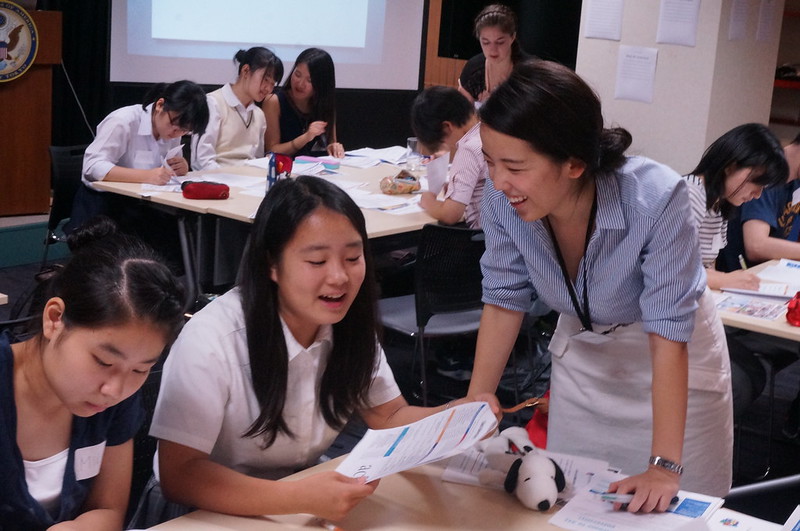5 Ways COVID-19 is Affecting Education Inequality in Japan

The COVID-19 pandemic is wreaking havoc on the lives of students all over the globe, and the disruption of daily routines and local economies is aggravating the global education crisis that already threatens many countries. COVID-19 is impacting education inequality in Japan in unprecedented ways.
5 Effects of COVID-19 on Education Inequality in Japan
- Disadvantaged Students: When schools locked down in Japan during the pandemic, disadvantaged students struggled to acquire food and the various social services that their schools normally provided. Schools assist young children with everything from nutrition and health to socialization and stimulation. While COVID-19 has placed a burden on all students, it has disproportionately affected those who rely on schools for meals and in-person learning. To help support Japanese students’ learning at home, the Ministry of Education, Culture, Sports, Science and Technology, also known as MEXT, has set up a learning support portal, which offers various tips for learning each subject at home, new learning materials and videos, all for free.
- Higher Education: Due to the exorbitant costs of higher education in Japan, less than one-fifth of low-income students can afford university studies, and this situation has only worsened with COVID-19. Therefore, MEXT is providing university students with emergency economic support during the pandemic. The program provides Japanese students with cash handouts worth 200,000 yen, so that those who are facing difficulties, like reductions in their household incomes or part-time work opportunities, can still continue their schooling. The program covers anyone attending a university or other educational institution in Japan.
- Online Learning Challenges: One in 20 Japanese children lack the amenities necessary for sufficient online learning, such as a quiet workspace, computer access or new textbooks. Japan is significantly behind other Organization for Economic Cooperation and Development (OECD) countries in its ability to incorporate information communication technology into school curriculums. Despite being such a technologically advanced country, only 40% of 15-year-old Japanese students are enrolled in schools where their principals report sufficient availability of adequate computer software.
- The Digital Divide: A MEXT survey from April 2020 showcased how difficult it has been for Japanese public schools to adapt to the new normal. The digital divide between Japan’s urban and rural areas and across socioeconomic lines has complicated this transition to online learning. One step that has emerged to address these challenges involves a partnership with Japan’s top three mobile phone companies which have eliminated some additional charges for their users aged 25 and under.
- Child Poverty and Education: Prior to the pandemic, Japan already had issues with child poverty and education inequality. The Nippon Foundation estimated the economic impact of leaving this poverty unaddressed, even before the pandemic exacerbated the issue. Its survey began with the assumption that economic gaps cause children to have disparities in education, resulting in vast differences in future income. Two scenarios compared what would happen if Japan left the situation unaddressed as opposed to what would happen after implementing new measures to reduce disparities in education. If Japan were to take measures to correct the situation, the number of college graduates would increase, resulting in more people growing their lifetime earnings. However, if it does not address economic gaps among children, the situation will not change. Taking measures towards addressing economic gaps and education among Japanese children would also cause Japanese citizens to eventually pay more taxes and social security premiums, which would reduce the government’s fiscal burden after the pandemic.
Looking Ahead
It is possible for Japan to take a leadership role in coordinating strategies to reduce educational inequality. With proper assistance and studies from organizations like The Nippon Foundation, Japan’s mission toward education equality may end up back on track.
– Elisabeth Petry
Photo: Flickr
